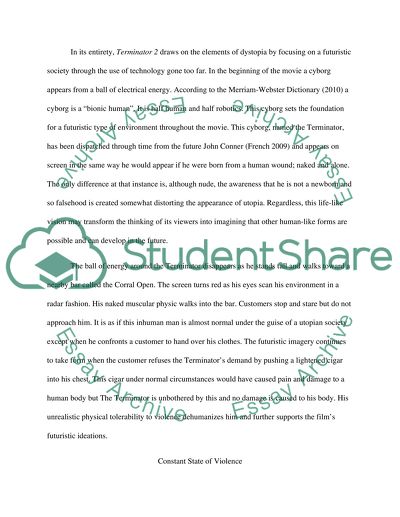Cite this document
(“American Science Fiction: Terminator 2: Judgment Day Essay”, n.d.)
Retrieved from https://studentshare.org/visual-arts-film-studies/1405215-american-science-fiction-terminator-2-judgment-day
Retrieved from https://studentshare.org/visual-arts-film-studies/1405215-american-science-fiction-terminator-2-judgment-day
(American Science Fiction: Terminator 2: Judgment Day Essay)
https://studentshare.org/visual-arts-film-studies/1405215-american-science-fiction-terminator-2-judgment-day.
https://studentshare.org/visual-arts-film-studies/1405215-american-science-fiction-terminator-2-judgment-day.
“American Science Fiction: Terminator 2: Judgment Day Essay”, n.d. https://studentshare.org/visual-arts-film-studies/1405215-american-science-fiction-terminator-2-judgment-day.


